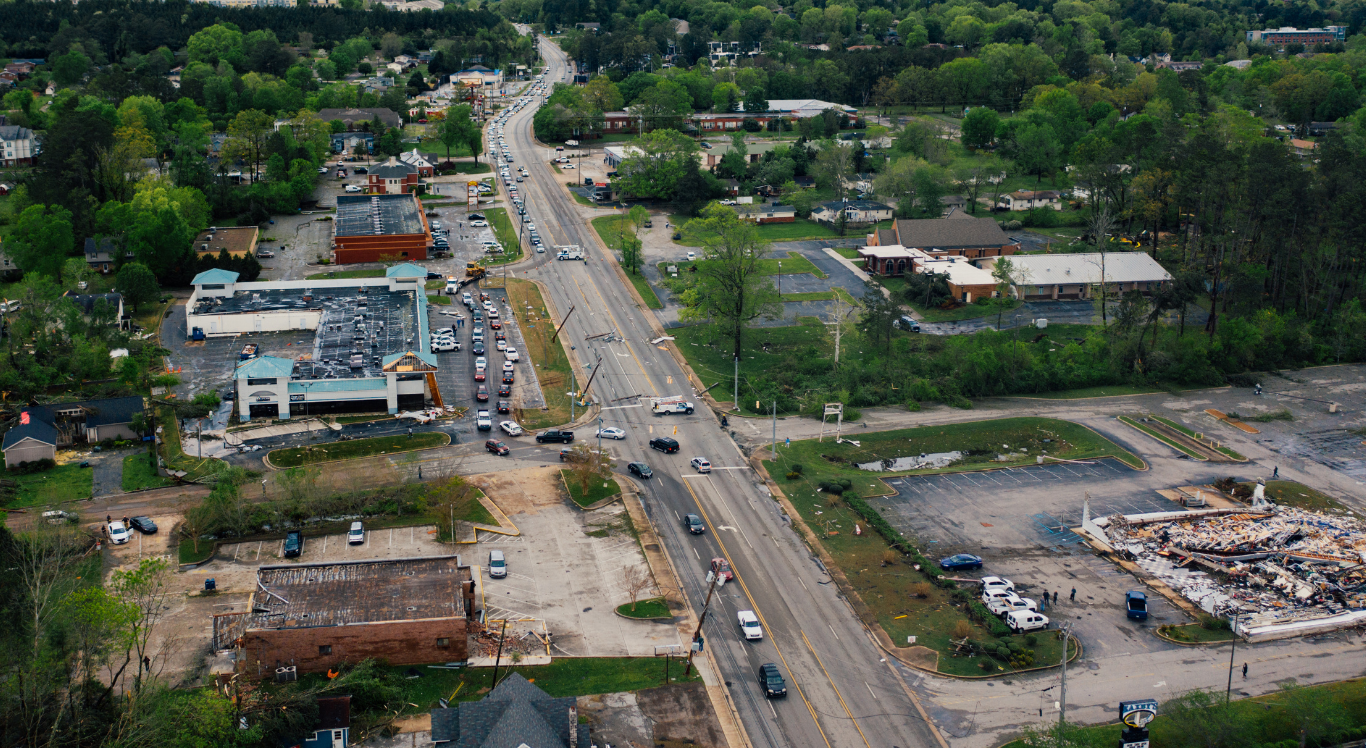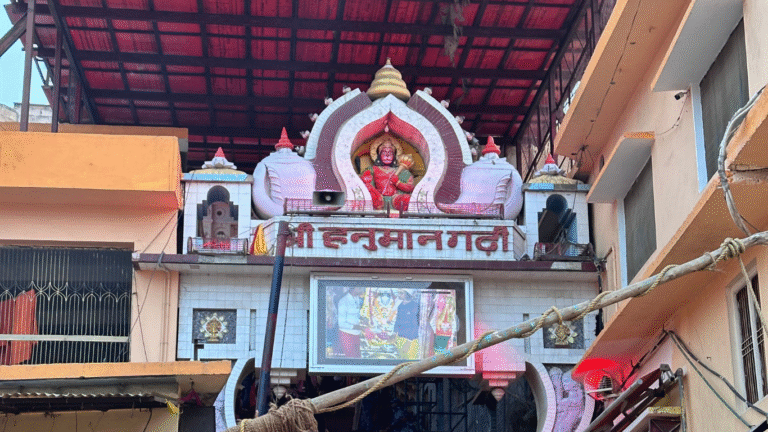
Where is Sitapur Located?
Sitapur is a city and district in the northern Indian state of Uttar Pradesh. Located about 90 kilometers from Lucknow, the capital of UP, Sitapur serves as an important center for administration and local trade. The city lies on the banks of the Sarayan River, offering scenic views and a peaceful environment.
Geographically, Sitapur is surrounded by districts like Lakhimpur Kheri to the north, Hardoi to the west, and Barabanki to the east. Its central location makes it well-connected by road and rail to nearby cities and towns. With NH-24 passing through, traveling to and from Sitapur is easy and convenient.
This district is also part of the Awadh region, which holds cultural importance in Indian history. Over time, Sitapur has developed from a traditional town into a mix of old-world charm and modern growth.
Life and Culture in Sitapur
Sitapur has a population that reflects rural simplicity and urban development side by side. People here lead a modest lifestyle, and many still depend on agriculture and local businesses for income. Wheat, rice, sugarcane, and vegetables are commonly grown in the region.
Culturally, Sitapur is rich with traditions. Festivals like Holi, Diwali, Eid, and Chhath are celebrated with great enthusiasm. Folk music and dance, especially during fairs and melas, are an important part of daily life. Temples, mosques, and small shrines can be seen throughout the city, showcasing the harmony of different communities.
In recent years, Sitapur has seen growth in education and healthcare. Schools, colleges, and hospitals are slowly improving, with government support and private efforts. Though development is still catching up with larger cities, the peaceful lifestyle and community bonding make Sitapur a pleasant place to live.
Historical Importance of Sitapur
Sitapur is believed to have mythological roots linked to Lord Ram and Sita. The name “Sitapur” is said to be derived from “Sita,” wife of Lord Ram, giving it religious value among Hindus. Several ancient temples in and around Sitapur still attract devotees and history lovers.
The British also made Sitapur an important cantonment area during colonial times. Some old buildings and structures still reflect British-era architecture. The district played a role in India’s freedom struggle too, with many unsung heroes from the area participating in the movement.
Connectivity and Transport in Sitapur
Sitapur is fairly well connected through roadways and railways. Sitapur Junction railway station connects the district to major cities like Lucknow, Delhi, and Bareilly. Many daily and weekly trains run through this route.
On the road front, NH-24 (now NH-730) passes through Sitapur and links it directly to Lucknow and other cities. Buses, taxis, and private vehicles operate regularly, making commuting comfortable for residents and visitors.
Local transport within the city includes auto-rickshaws, e-rickshaws, and shared jeeps. While urban transport is still developing, daily life remains manageable due to the city’s moderate size.
Nearby Places to Visit
There are several interesting places around Sitapur for weekend visits or day trips. Naimisharanya, a sacred spot for Hindus, is located nearby and is popular for spiritual tourism. Other places include Mishrikh, Maholi, and Biswan – each with its own charm and local markets.
The district is also home to lush green fields, small rivers, and scenic rural views that offer a refreshing break from city life.
Why Sitapur Stands Out
Sitapur might not be a metro city, but it offers a peaceful and rooted way of life. It has a mix of history, faith, culture, and simplicity that defines many small Indian cities. Whether you’re planning to visit, study local culture, or explore less-traveled parts of India, Sitapur has something to offer.
Its growth is gradual but steady – and the community here welcomes everyone with warmth and honesty. With efforts in education, cleanliness, and development, Sitapur is slowly creating a better future while staying true to its past.



